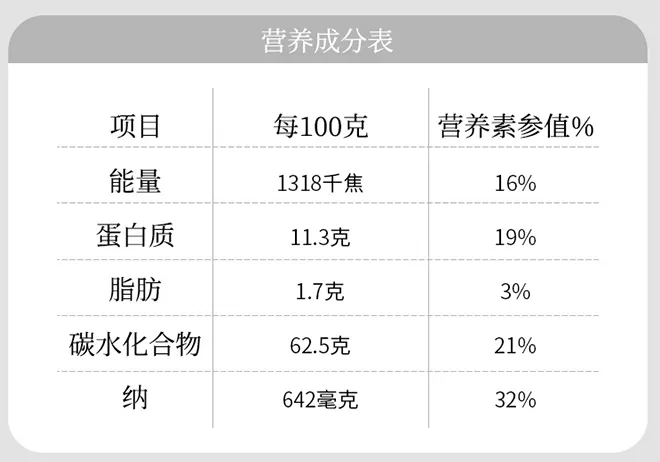Delicious and Nutritious Buckwheat Noodles for Healthy Eating Choices
The Versatility and Health Benefits of Buckwheat Noodles
Buckwheat noodles, often known as soba in Japan, have been enjoyed for centuries across many cultures. Made from buckwheat flour, these noodles have gained immense popularity not just for their unique, nutty flavor, but also for their numerous health benefits. In this article, we will explore the origins of buckwheat noodles, their nutritional advantages, and various ways to incorporate them into your meals.
Origins and Traditional Uses
Buckwheat is a seed that is related to rhubarb and is gluten-free, making it an excellent alternative for those with gluten sensitivities. It has been cultivated in Asia and Europe for thousands of years. In Japanese cuisine, buckwheat noodles have a long history and are often served cold with dipping sauces or in warm broths. Traditionally, they’ve been prepared in a variety of ways, showcasing their versatility.
In addition to Japan, buckwheat noodles are popular in Chinese and Korean cuisines as well, each incorporating their unique flavors and cooking styles. For instance, in Korea, buckwheat noodles are served in a chilled broth during the hot summer months, providing a refreshing and nutritious meal.
Nutritional Benefits
One of the standout features of buckwheat noodles is their impressive nutritional profile. They are rich in complex carbohydrates, making them an excellent source of energy. Unlike many traditional wheat-based noodles, buckwheat noodles provide a low glycemic index, which means they can help maintain stable blood sugar levels—an important factor for diabetics or anyone seeking to manage their weight.
Moreover, buckwheat is packed with essential nutrients. It contains high levels of dietary fiber, which aids digestion and promotes a feeling of fullness—potentially reducing overeating. Buckwheat also boasts a significant amount of protein, making it a great option for vegetarians and vegans. The amino acid profile of buckwheat is impressive as well, containing all nine essential amino acids, which is rare for plant-based foods.
Further, buckwheat is rich in antioxidants, particularly rutin, which has been shown to strengthen blood vessels and improve circulation. Other antioxidants in buckwheat can help combat oxidative stress in the body, reducing the risk of chronic diseases.
buckwheat noodles

Cooking and Serving Suggestions
The preparation of buckwheat noodles is quite simple. They can be cooked quickly—usually in just 4 to 6 minutes—depending on the thickness of the noodles. When cooking, it's important to rinse the noodles under cold water after boiling to remove excess starch and prevent clumping.
Buckwheat noodles can be enjoyed in a variety of dishes. Here are a few ideas to inspire you
1. Soba Salad Toss cooked and chilled buckwheat noodles with fresh vegetables like cucumbers, carrots, and bell peppers. Drizzle with a sesame dressing for a refreshing summer salad.
2. Broth-based Soups Use buckwheat noodles as a hearty addition to miso soup or ramen. Their unique texture pairs well with savory broths and enhances the overall flavor of the dish.
3. Stir-fries Combine cooked buckwheat noodles with sautéed vegetables and your choice of protein (tofu, chicken, or shrimp). Add your favorite sauce, such as soy sauce or teriyaki, for a delicious and filling meal.
4. Casseroles Incorporate buckwheat noodles into baked dishes, layering them with vegetables, cheese, and a light sauce for a comforting casserole.
Conclusion
Buckwheat noodles are a nutritious and versatile option to consider for your meals. Whether you’re looking for a gluten-free alternative or simply want to experiment with new flavors, buckwheat noodles can be a delightful addition to your culinary repertoire. With their rich history, impressive health benefits, and endless cooking possibilities, it’s easy to see why these noodles have stood the test of time. Embrace buckwheat noodles in your kitchen and enjoy the delicious and healthful benefits they have to offer!
-
Unlock the Delicious Potential of Yam NoodlesNewsAug.11,2025
-
The Authentic Taste of Lanzhou NoodlesNewsAug.11,2025
-
Savor the Art of Hand Pulled NoodlesNewsAug.11,2025
-
Indulge in the Timeless Delight of Spaghetti BologneseNewsAug.11,2025
-
Indulge in the Rich Flavor of Braised Beef NoodlesNewsAug.11,2025
-
Elevate Your Meals with the Magic of Fresh PastaNewsAug.11,2025
-
Unleash Your Inner Chef with Delectable Italian Pasta CreationsNewsAug.01,2025
Browse qua the following product new the we

















































































































